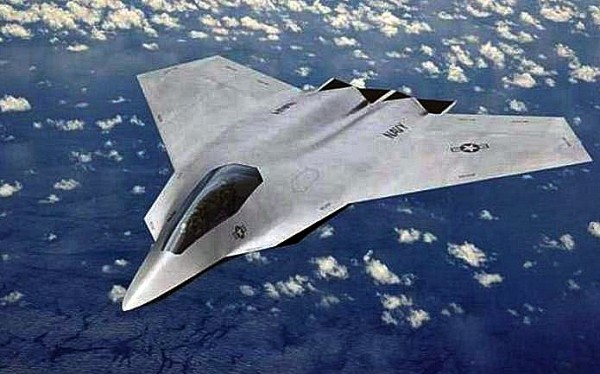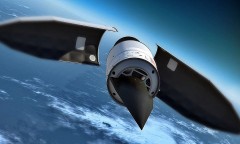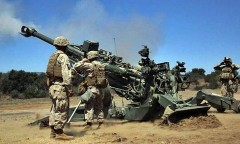By Arthur Dominic J. Villasanta , | May 27, 2017

One of the concepts for Penetrating Counter Air from Boeing.
The U.S. Air Force will ask, and will receive, from Congress more funds for next-generation technologies that include a sixth-generation fighter called "Penetrating Counter Air" and a new nuclear cruise missile named the Long Range Stand-Off Weapon (LRSO) that's bound to infuriate Russia.
Like Us on Facebook
Its fiscal 2018 budget request of $25.4 billion represents an increase of $5 billion, or 26 percent, from the amount enacted for the current year. The air force said it needs more funding for research, development and test and evaluation programs.
The Penetrating Counter Air program, also called "Next Gen Air Dominance," aims to secure $295 million for the fiscal year beginning Oct. 1, a spike of more than 10 times the $21 million under the current year.
"RDT&E funding allows us to do is to take an idea to -- to leap an idea to technology we'll use every day," said Maj. Gen. James Martin, the Air Force's deputy assistant secretary for budget.
"The capability gap is closing and we must continue to invest in game-changing technology such as hypersonics, directed energy, unmanned autonomous systems, and nanotechnology."
"We have to be ready for not only what we need today but we better be ready for the potential threats ... 10, 20 years from now," said Gen. Martin.
LRSO is a nuclear-capable cruise missile to be launched from aircraft such as the Boeing B-52 Stratofortress. The proposal calls for boosting funds for the LRSO program from $96 million to $451 million.
The Air Force is developing LRSO to replace the AGM-68 and plans to deploy this new and stealthy missile by 2030.
"The LRSO will be a critical element of the United States' nuclear deterrence strategy, but we must continue to support the ALCM program until it is fielded and these recent tests are clear indicators of the ALCM's effectiveness and reliability," said Maj. Gen. Scott Jansson, commander and Air Force program executive officer for Strategic Systems, which is part of the Air Force Global Strike Command's Nuclear Weapon System Evaluation Program.
The B-52 has been in active service with the USAF since 1955. As of 2012, 85 were in active service with nine in reserve. The B-52 completed 60 years of continuous service in 2015. After being upgraded between 2013 and 2015, it is expected to serve into the 2040s.
-
Use of Coronavirus Pandemic Drones Raises Privacy Concerns: Drones Spread Fear, Local Officials Say

-
Coronavirus Hampers The Delivery Of Lockheed Martin F-35 Stealth Fighters For 2020

-
Instagram Speeds Up Plans to Add Account Memorialization Feature Due to COVID-19 Deaths

-
NASA: Perseverance Plans to Bring 'Mars Rock' to Earth in 2031

-
600 Dead And 3,000 In The Hospital as Iranians Believed Drinking High-Concentrations of Alcohol Can Cure The Coronavirus

-
600 Dead And 3,000 In The Hospital as Iranians Believed Drinking High-Concentrations of Alcohol Can Cure The Coronavirus

-
COVID-19: Doctors, Nurses Use Virtual Reality to Learn New Skills in Treating Coronavirus Patients









